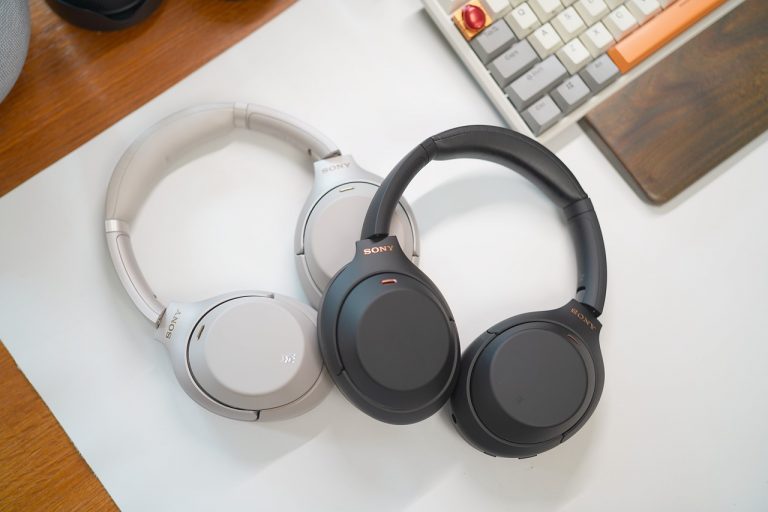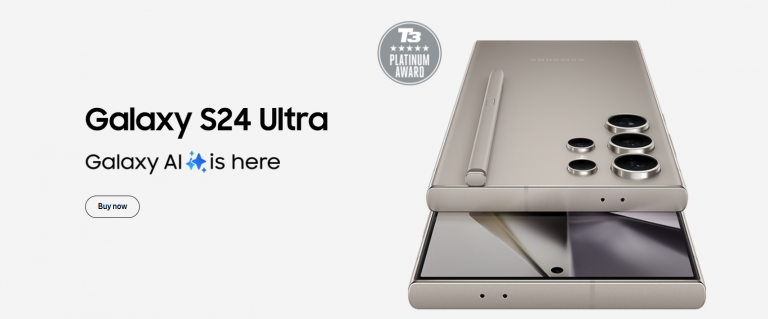As technology advances, so does the complexity of gadgets we use daily. Headphones, once simple audio accessories, now come with a plethora of specifications and technical jargon that can be bewildering for the average consumer. In this article, we’ll unravel the mystery behind headphone specifications, empowering you to make informed decisions when choosing the perfect pair.
Introduction
In the vast world of audio equipment, understanding the technical specifications of headphones is crucial. Whether you’re an audiophile seeking the ultimate sound quality or a casual listener wanting a reliable set of headphones, decoding the jargon is key. Technical specifications not only determine how your headphones perform but also influence compatibility with various devices.
The Basics: Decoding Common Terms
Let’s start with the fundamentals. Impedance, frequency response, and sensitivity are terms commonly found in headphone specifications. Impedance, measured in ohms, indicates how much power your headphones need. Frequency response, expressed in Hertz (Hz), defines the range of frequencies a headphone can reproduce. Sensitivity, measured in decibels (dB), signifies how efficiently headphones convert electrical signals into sound.
Understanding these basics provides a foundation for evaluating a headphone’s performance. For instance, headphones with low impedance are suitable for portable devices, while high-impedance headphones may require an external amplifier for optimal performance.
Driver Types: Unraveling the Mystery
Beyond the basics, the type of driver used in headphones significantly impacts sound quality. Dynamic drivers, commonly found in most headphones, provide a dynamic and punchy sound. Planar magnetic drivers offer a more precise audio experience, while electrostatic drivers deliver unparalleled clarity. Each driver type has its strengths and weaknesses, catering to different preferences and use cases.
Impedance: What Does It Mean for You?
Impedance is a critical factor when choosing headphones. Understanding the relationship between headphone impedance and device compatibility is essential. High-impedance headphones may not work efficiently with smartphones or laptops, necessitating the use of an external amplifier. Conversely, low-impedance headphones are more versatile, making them suitable for on-the-go use.
Consider this: headphones with an impedance of 16 ohms are ideal for portable devices, providing a balanced sound without the need for additional amplification.

Frequency Response: Finding Your Sound
The frequency response of headphones dictates the range of tones they can reproduce. A wider frequency response does not necessarily mean better sound; it depends on your preferences. Some headphones accentuate bass frequencies, offering a thumping low end, while others prioritize high frequencies for crisp trebles. Examining frequency response graphs can help you identify headphones that align with your preferred sound signature.
Sensitivity: Unveiling Headphone Efficiency
Sensitivity measures how efficiently headphones convert electrical signals into sound. Higher sensitivity means louder audio with less power. When choosing headphones for portable devices, consider those with high sensitivity, ensuring optimal performance without draining your device’s battery quickly.
Noise Isolation vs. Noise Cancellation: A Comparative Analysis
Noise isolation and noise cancellation are terms often used interchangeably, but they represent distinct technologies. Noise isolation relies on physical barriers to block external sounds, while noise cancellation employs electronic systems to neutralize ambient noise actively. Understanding the difference is crucial, as each technology has its advantages and limitations.
When considering noise-canceling headphones, assess the effectiveness of the technology and its impact on battery life. In contrast, noise-isolating headphones offer a simpler, passive solution suitable for various environments.
Open-Back vs. Closed-Back: Which is Right for You?
The design of headphones plays a pivotal role in sound reproduction and user experience. Open-back headphones allow air to flow through the ear cups, creating a more natural and spacious soundstage. On the other hand, closed-back headphones provide better noise isolation, making them ideal for use in noisy environments. Choosing between open-back and closed-back headphones depends on your preferences and usage scenarios.
Wireless Technology: Beyond the Cables
Wireless headphones have become increasingly popular, offering freedom from tangled cables. Understanding wireless technologies, such as Bluetooth versions, is essential for ensuring a reliable connection and optimal sound quality. Bluetooth 5.0, for example, provides improved range and data transfer speed compared to its predecessors.
When opting for wireless headphones, consider the compatibility with your devices, the Bluetooth range, and the impact on battery life.
THD and SNR: The Hidden Numbers
Total Harmonic Distortion (THD) and Signal-to-Noise Ratio (SNR) are technical specifications that provide insights into the audio quality of headphones. THD measures the distortion in sound reproduction, with lower values indicating cleaner audio. SNR, on the other hand, measures the ratio of signal strength to background noise, reflecting the clarity of audio.
When assessing THD and SNR values, lower THD and higher SNR are indicative of superior audio quality. However, it’s essential to strike a balance, as excessively low THD values may not be perceptible to the human ear.

Cable Matters: Debunking Myths
There’s a common misconception that expensive, high-quality cables significantly improve audio quality. In reality, the impact of cables on sound quality is often minimal, especially over short distances. While a well-constructed cable can contribute to a reliable connection, don’t be swayed by extravagant claims about cable materials and their supposed impact on audio fidelity.
When in doubt, focus on the basics—choosing a cable that suits your needs in terms of length, durability, and connection type.
Amp/DAC: Do You Need One?
Headphone amplifiers and digital-to-analog converters (DACs) are often recommended to enhance audio quality. However, their necessity depends on the headphones you own and the devices you use. High-impedance headphones may benefit from an external amplifier, while premium DACs can improve the audio signal from your source.
Consider the audio source and headphones you’re using before investing in an external amp/DAC. In some cases, the built-in components of your devices may suffice.
Brand-Specific Features: Navigating the Market
Different headphone brands incorporate unique features into their products. From advanced noise-canceling algorithms to customizable sound profiles, understanding brand-specific features can help you make an informed decision. However, it’s essential to distinguish between genuinely beneficial features and marketing buzzwords.
Before making a purchase, research the specific features offered by different brands and assess whether they align with your preferences and priorities.
Future Trends: What’s on the Horizon?
As technology continues to advance, the world of headphone specifications is not static. Emerging trends include advancements in driver technology, improved wireless connectivity, and enhanced noise-canceling algorithms. Keeping an eye on these trends can help you make future-proof decisions when investing in new headphones.
Conclusion
Understanding the jargon in headphone specifications is the key to making an informed purchase. Whether you’re a music enthusiast, gamer, or someone who simply appreciates good audio quality, knowing the significance of impedance, driver types, and other specifications empowers you to choose headphones that align with your preferences and needs.
In a market flooded with options, clarity on technical aspects ensures that you get the best value for your investment. So, the next time you’re shopping for headphones, dive into the specifications, decode the jargon, and enjoy a more immersive audio experience tailored to your liking.
FAQs
- Do higher-priced headphones always have better specifications?
- While higher-priced headphones often come with advanced features, the correlation between price and specifications isn’t always straightforward. Assess your priorities and choose headphones that meet your specific needs.
- What is the significance of an open-back design in headphones?
- Open-back headphones allow air to flow through the ear cups, creating a more natural soundstage. They are favored by audiophiles for their immersive sound quality but may not be suitable for use in noisy environments.
- Are wireless headphones as good as wired ones in terms of audio quality?
- Wireless headphones have made significant strides in audio quality, with advancements in Bluetooth technology. However, wired headphones still offer a direct and often superior connection for audiophiles who prioritize pristine audio.
- Do I need a headphone amplifier for my smartphone?
- It depends on the impedance of your headphones. Low-impedance headphones typically work well with smartphones without an amplifier, while high-impedance headphones may benefit from an external amplifier for optimal performance.
- How do I interpret frequency response graphs when choosing headphones?
- Frequency response graphs visually represent how headphones reproduce different frequencies. A flat response indicates a balanced sound, while peaks or dips in the graph reveal emphasis or de-emphasis of specific frequency ranges. Choose a frequency response that aligns with your preferred sound signature.












+ There are no comments
Add yours